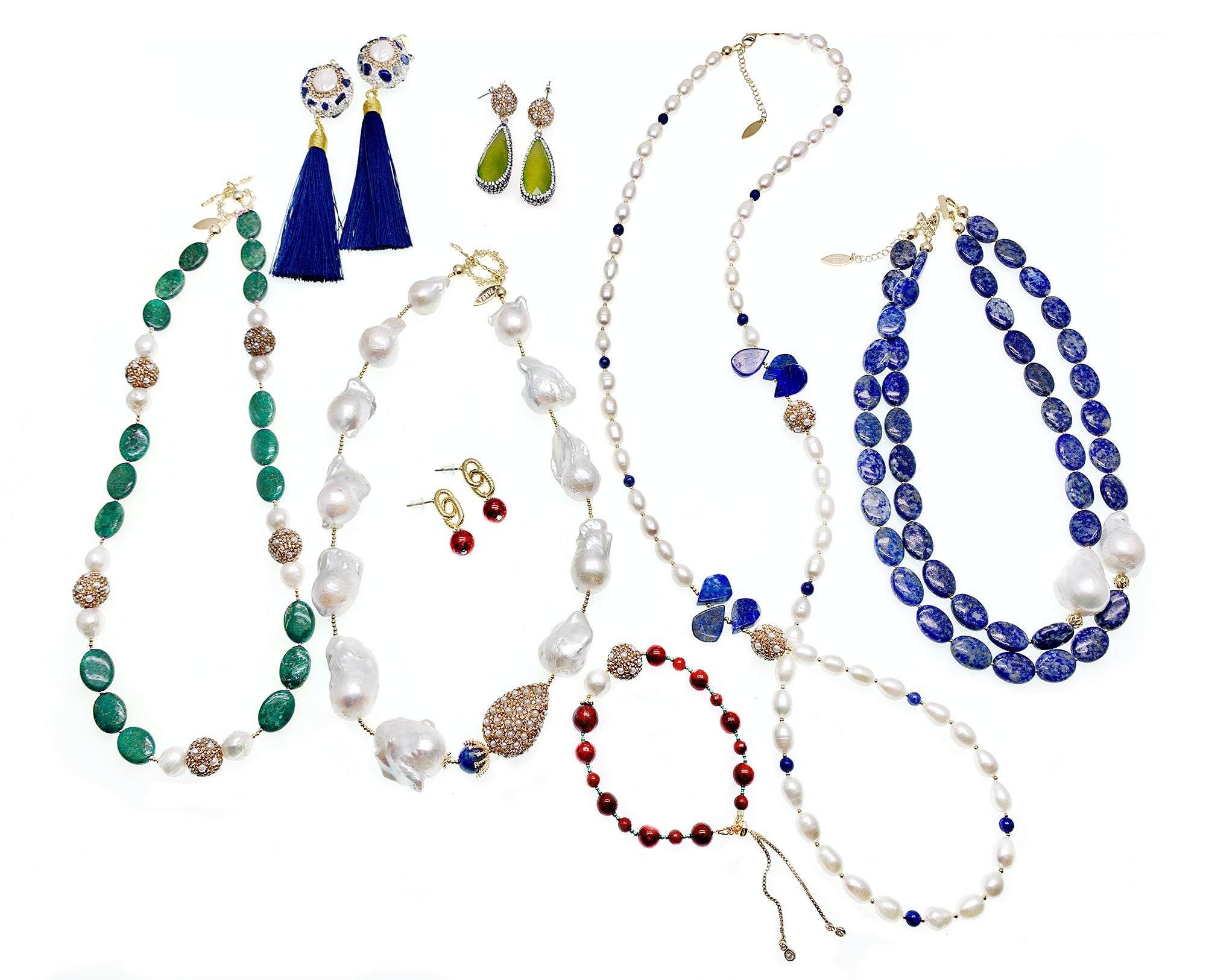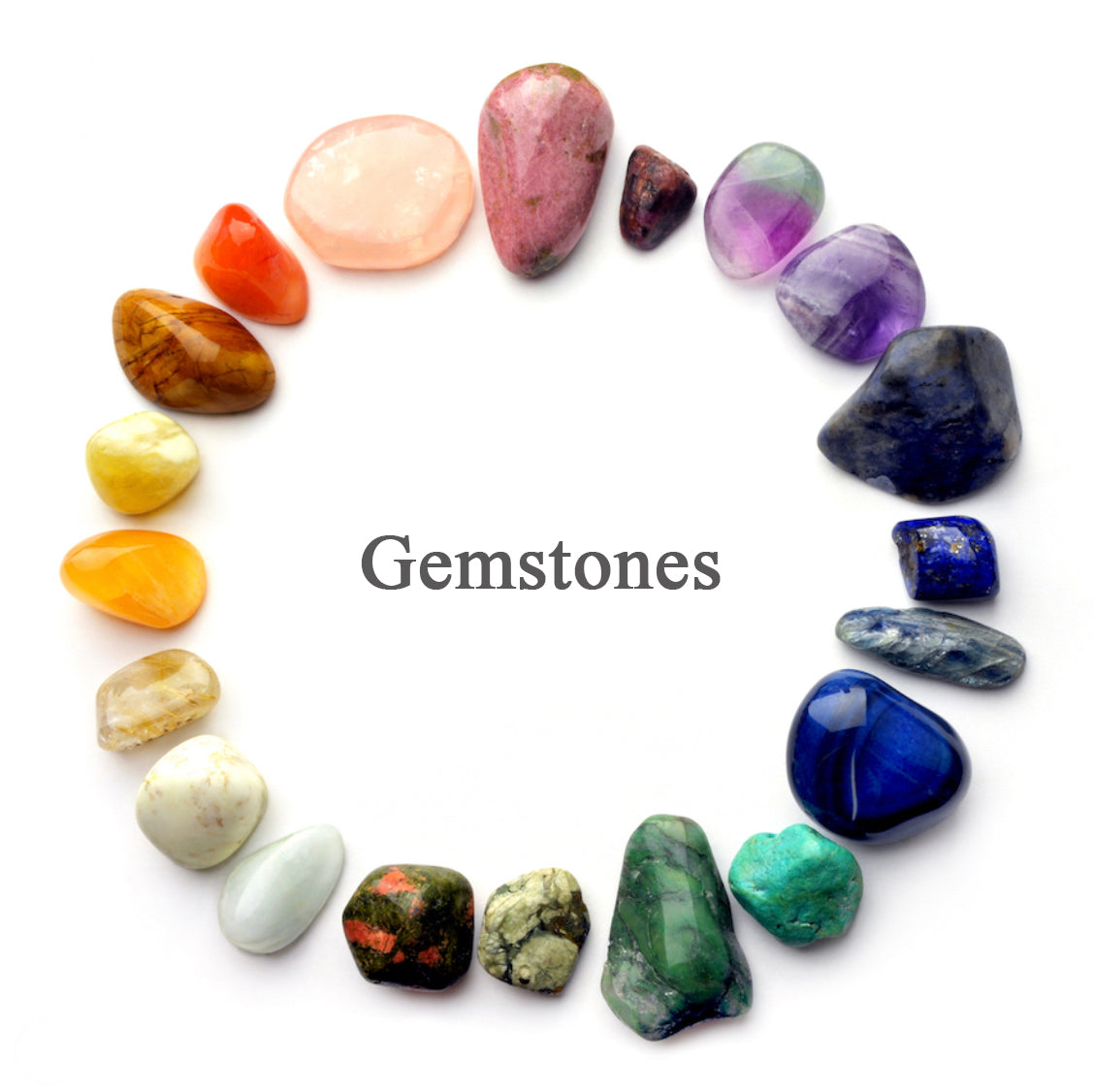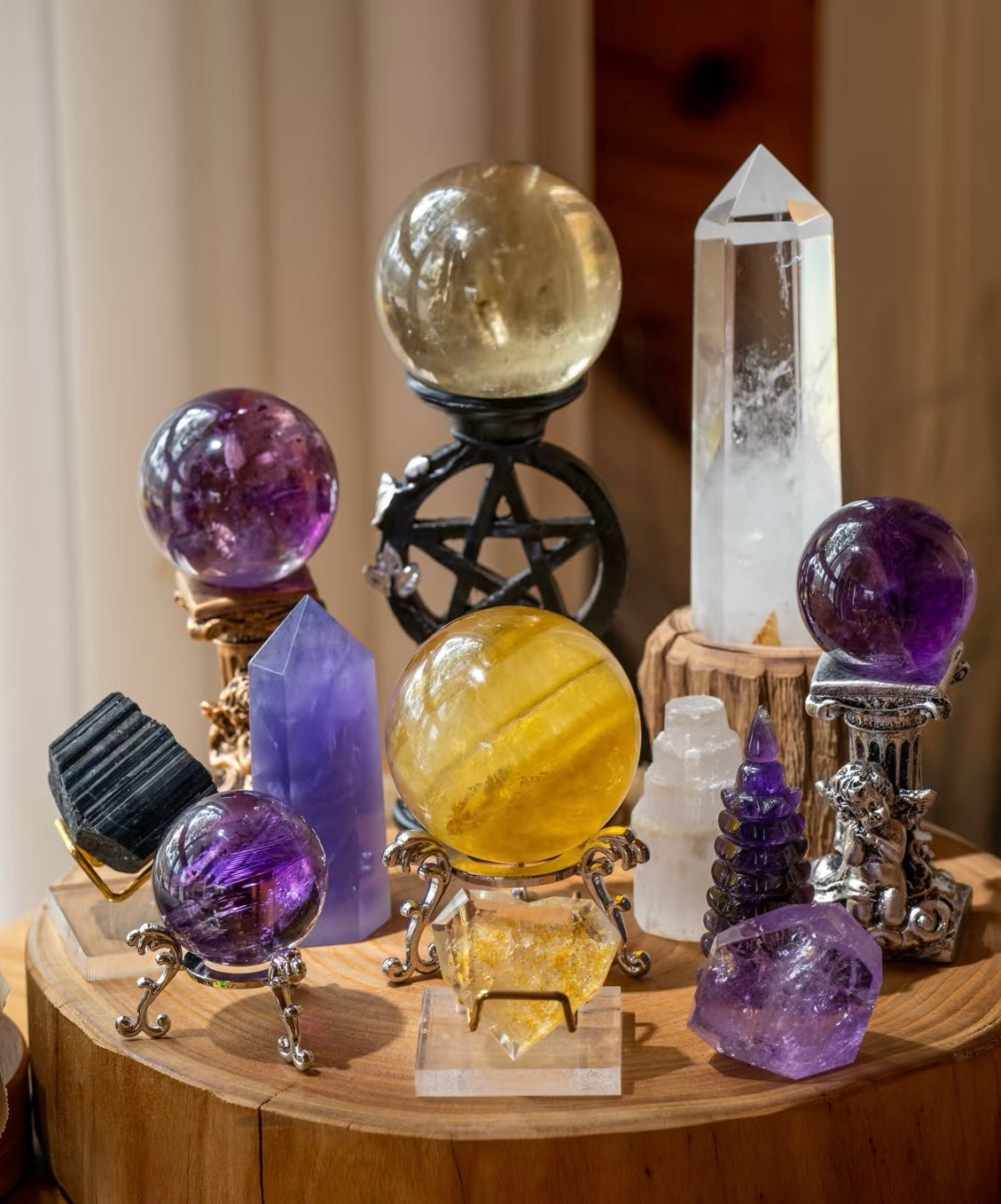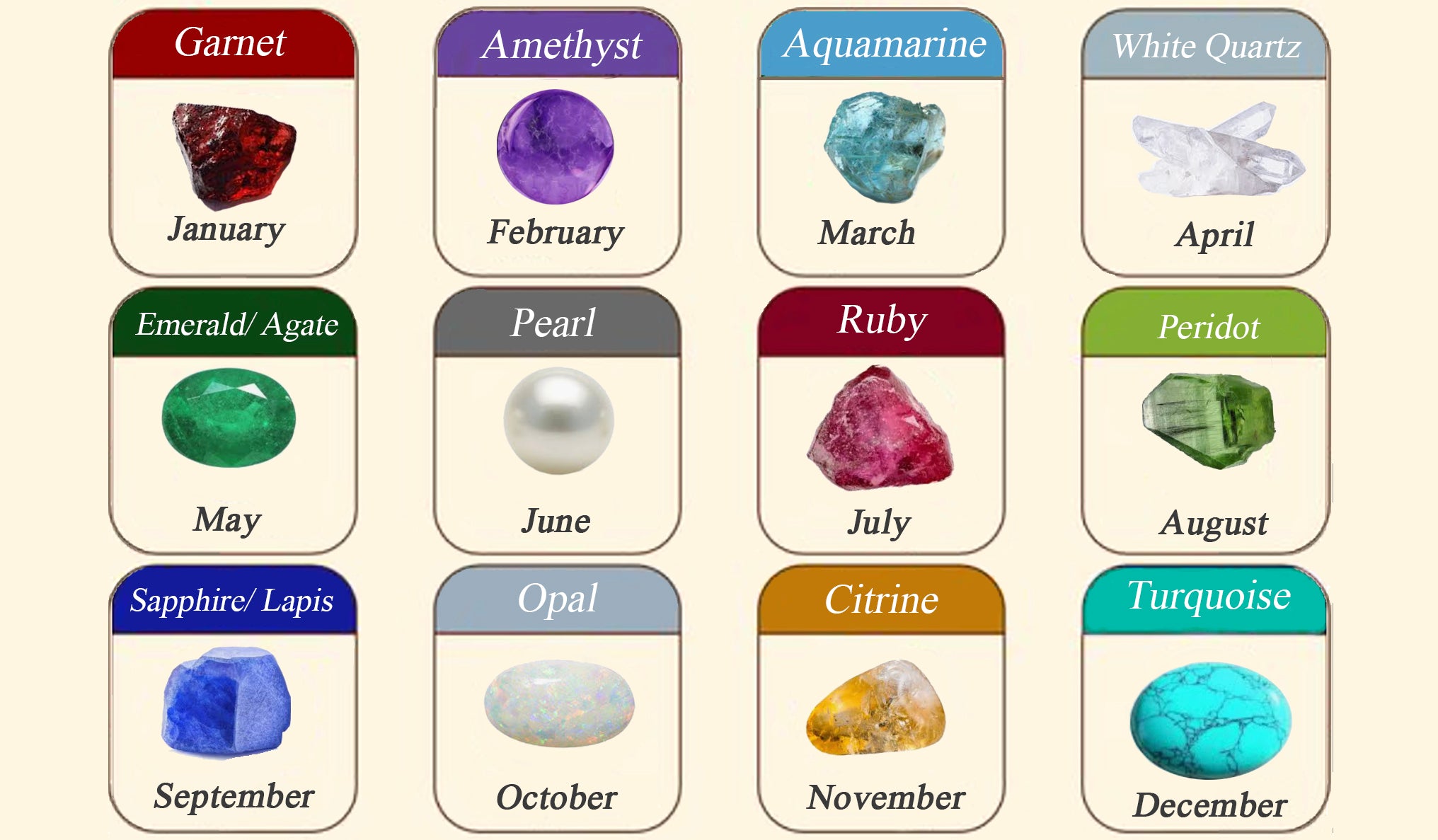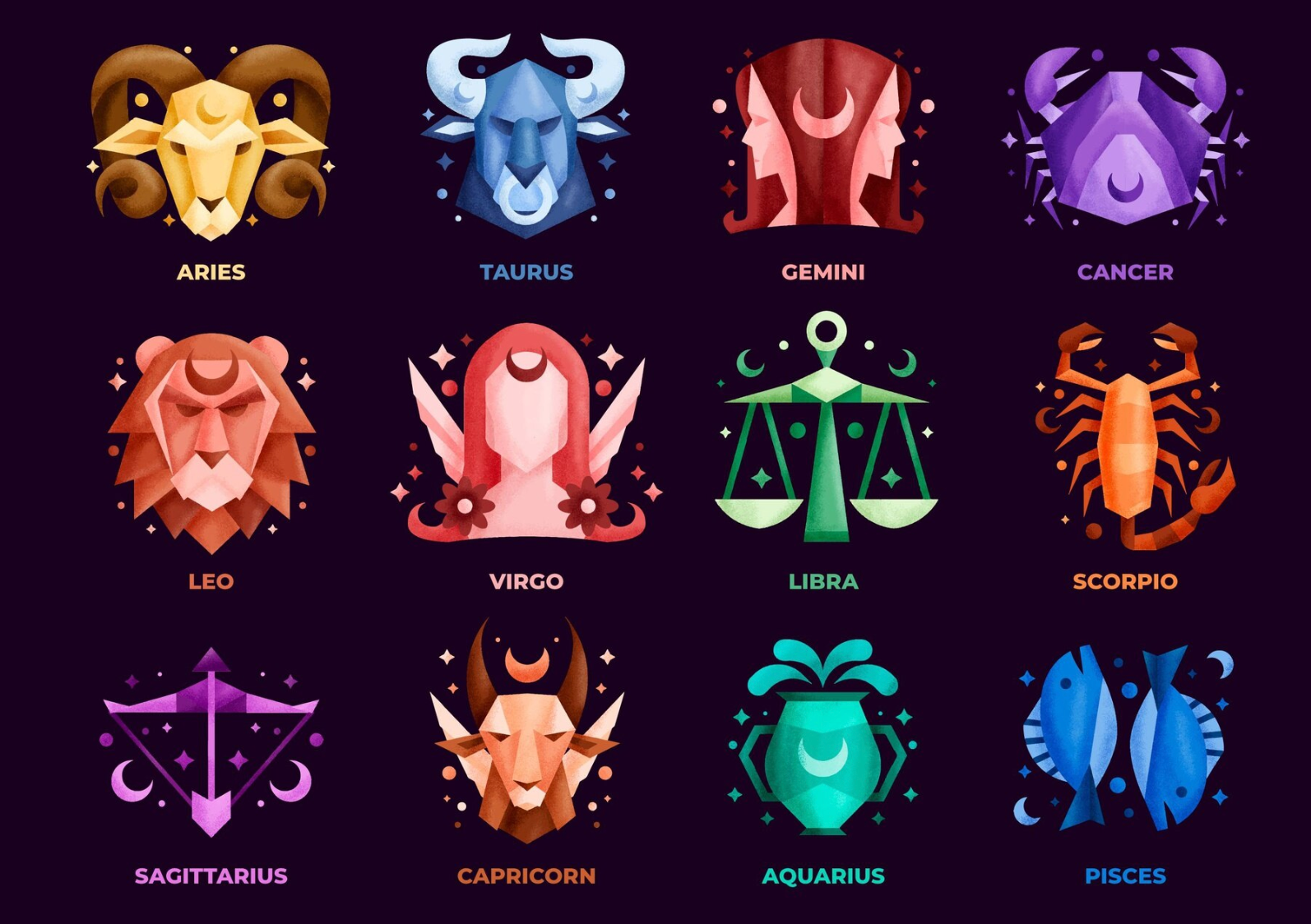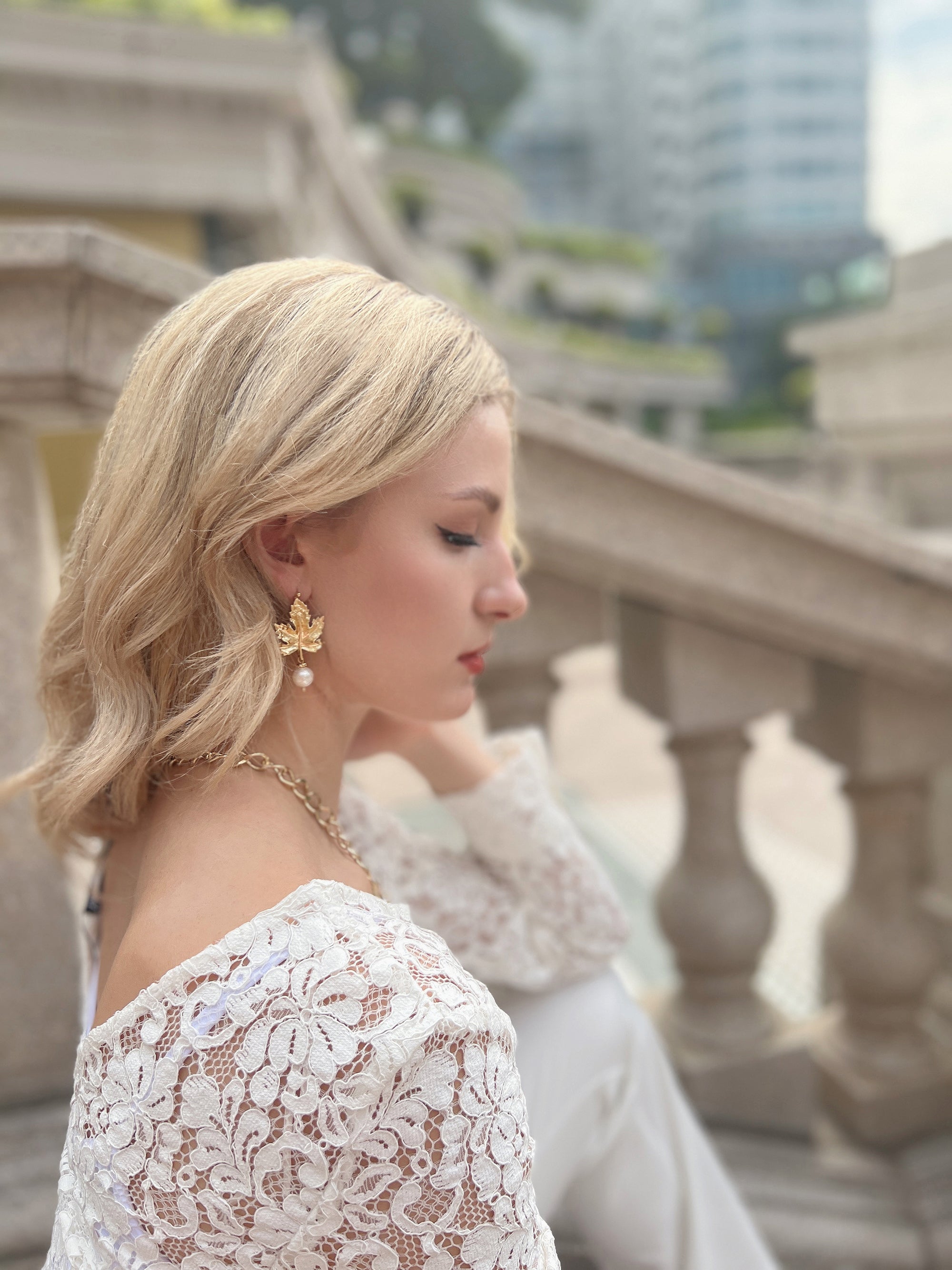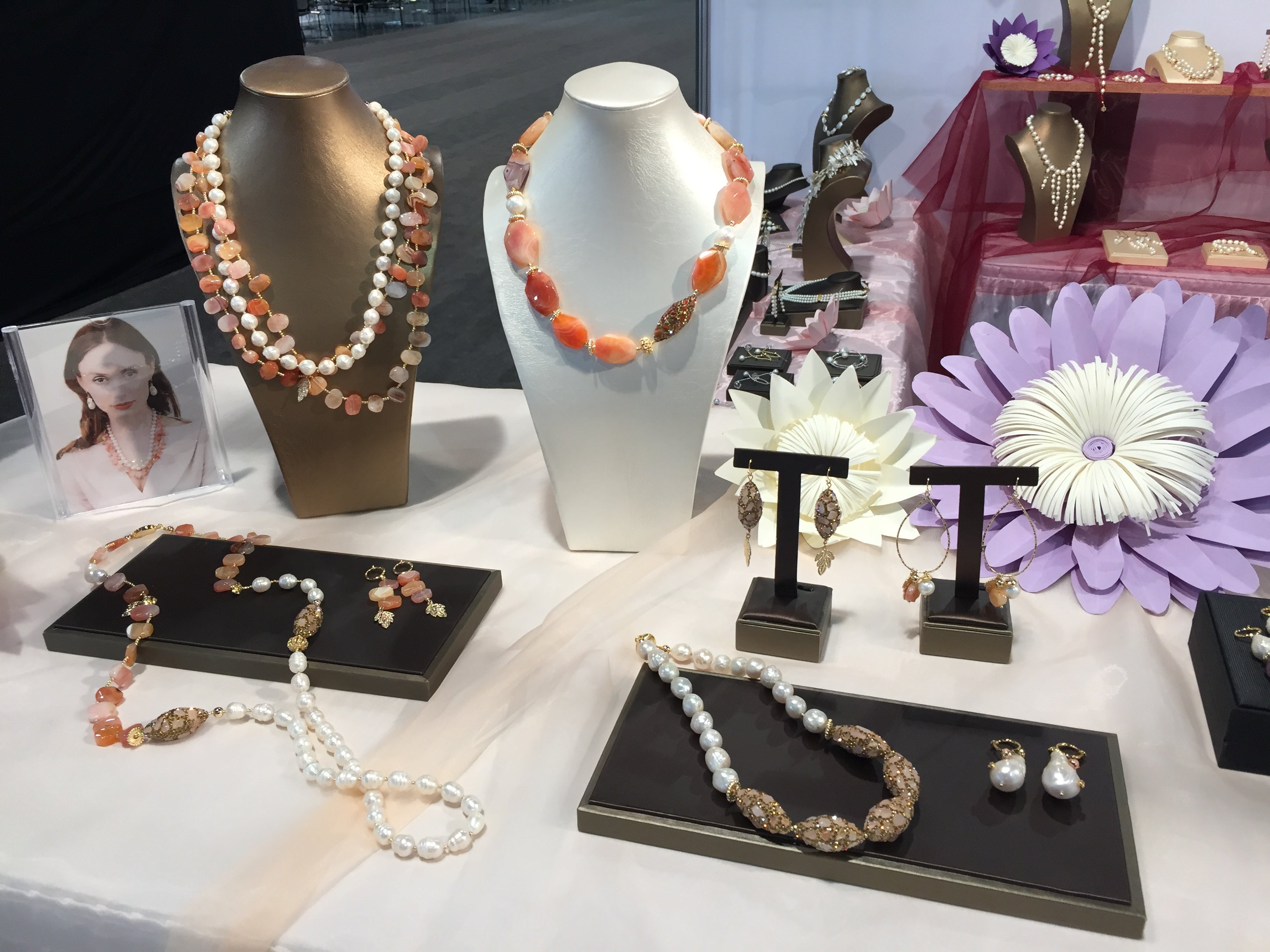The Enchanting World of Amethyst Necklaces
Amethyst necklaces have long been admired for their captivating beauty and deep significance. This gemstone, with its mesmerizing purple hues, has been cherished across different eras and cultures for its spiritual and healing properties. In this blog, we will explore the history and cultural impact of amethyst, its energy functions and healing properties, and the trending styles of amethyst necklaces, such as the amethyst crystal necklace, amethyst pendant necklace, and amethyst heart necklace. We will also discuss the importance of amethyst as the birthstone for February.
History of Amethyst
Amethyst has a rich history that stretches back to ancient civilizations. The name "amethyst" originates from the Greek word "amethystos," meaning "not intoxicated," reflecting the ancient belief that the stone could protect its wearer from drunkenness. The Greeks often crafted drinking vessels from amethyst and wore amethyst necklaces to ward off intoxication.
In ancient Egypt, amethyst was prized for its protective attributes and was frequently fashioned into amulets and talismans. The Romans also held this gemstone in high esteem, associating it with luxury and power. During the Middle Ages, amethyst was linked to the clergy and royalty, symbolizing piety, humility, and spiritual wisdom.
Origins of Amethyst
Amethyst, renowned for its captivating purple hues, is sourced from several key regions worldwide, each with unique qualities. Brazil is the largest producer, known for vibrant amethyst from volcanic rock formations. Uruguay offers rich, dark purple geodes with exceptional clarity. Zambia provides high-quality, deep purple amethyst from open-pit mines. Russia's Ural Mountains yield stones ranging from light lavender to deep violet. South Korea, particularly Jeju and Taejong, is known for excellent clarity and vibrant color through small-scale extraction. In the United States, states like Arizona, North Carolina, and Georgia offer diverse, high-quality amethyst from both open-pit and underground mining. These varied origins enhance the global appeal of amethyst jewelry.
Cultural Significance
Amethyst has been revered in various cultures worldwide. In Eastern traditions, particularly in China, amethyst jewlery symbolizes peace and tranquility and is often used in meditation to calm the mind and enhance spiritual awareness. Indigenous cultures in South America, such as the shamans, utilized amethyst in rituals to connect with the spiritual realm and facilitate healing.
Throughout history, amethyst necklaces have been associated with the crown chakra in Hindu and Buddhist traditions, representing enlightenment and a connection to higher consciousness. Its deep purple color is seen as a symbol of spiritual growth and transformation.
Amethyst in Modern Culture
In contemporary times, amethyst continues to hold cultural and spiritual significance. It is often used in holistic healing practices and is a popular stone for crystal therapy. Many people keep amethyst stones in their homes to create a peaceful and harmonious environment. The gemstone is also a favorite among jewelry designers for its vibrant color and versatility.

Amthyst Necklaces Energy Functions and Healing Properties
Amethyst is known as a powerful stone of peace and tranquility. Many believe that wearing an amethyst necklace can help balance emotions, alleviate stress, and promote a sense of calm. The gemstone is also thought to enhance intuition and spiritual awareness, making it a popular choice for those looking to deepen their connection to the universe.

In terms of healing properties, amethyst is said to offer a range of benefits. It is often used to relieve headaches, reduce pain, and improve sleep quality. Some people place an amethyst crystal under their pillow to prevent nightmares and promote restful sleep. Emotionally, amethyst is believed to support inner strength, help overcome negative patterns, and foster a sense of peace and well-being.
Scientific Perspectives on Amethyst
While the metaphysical properties of amethyst are widely celebrated, the gemstone also boasts some interesting scientific characteristics. Amethyst is a variety of quartz, and its purple color is due to the presence of iron impurities and natural irradiation. This combination creates the beautiful and varying shades of purple that make amethyst so unique and desirable.
The Birthstone of February
Amethyst is celebrated as the birthstone for February. Those born in this month are believed to benefit from the gemstone's protective and calming properties. Wearing an amethyst necklace can enhance the innate traits of February-born individuals, such as creativity, clarity of thought, and spiritual awareness. The tradition of birthstones dates back to ancient times, and amethyst has consistently been associated with qualities of peace and balance, making it a meaningful gift for those celebrating their birthdays in February.
For those with February birthdays, an amethyst necklace makes an ideal gift. It not only highlights their unique birthstone but also offers the wearer a connection to the rich history and cultural significance of amethyst. Whether given as a token of love, friendship, or appreciation, an amethyst necklace is a thoughtful and timeless present.
Trending Styles of Amethyst Necklaces
Amethyst necklaces come in a variety of styles, each offering unique charm and appeal. Here are some of the popular trends:
Amethyst Pendant Necklace
The amethyst pendant necklace is a classic and versatile choice. It typically features a single amethyst stone set in a metal frame, hanging from a chain. This Amethyst Pendant Necklace from Farra Jewelry ranges from simple and understated to elaborate and ornate, making it suitable for both casual and formal occasions.
Amethyst Heart Necklace
An amethyst heart necklace combines the beauty of the gemstone with the symbolism of the heart shape, representing love and compassion. This style is particularly popular as a gift for loved ones, symbolizing deep emotional bonds and affectionate connections.
Amethyst Choker Necklace
The amethyst choker necklace is a trendy and modern style that sits close to the neck. It is perfect for making a bold fashion statement and can be paired with both casual and elegant outfits. Chokers often feature multiple amethyst stones or a central amethyst pendant, adding a touch of sophistication and glamour.
Amethyst Beaded Necklace
Amethyst beaded necklaces consist of multiple amethyst beads strung together, creating a beautiful and cohesive piece of jewelry. This style can vary from dainty and delicate to bold and chunky, catering to different fashion preferences. Beaded necklaces are perfect for layering with other jewelry pieces to create a personalized and stylish look.
Conclusion
The amethyst necklace, with its rich history, cultural significance, healing properties, and birthstone importance, continues to enchant and inspire. Whether you choose an amethyst crystal necklace for its natural beauty, an amethyst pendant necklace for its versatility, or an amethyst heart necklace for its symbolic meaning, this gemstone remains a timeless and cherished accessory. Embrace the allure of amethyst and let its calming energy and stunning beauty enhance your life.
By incorporating amethyst into your jewelry collection, you not only enjoy its aesthetic appeal but also connect with its profound historical, cultural, and spiritual roots. Whether you're drawn to the raw elegance of an amethyst crystal necklace or the sentimental value of an amethyst heart necklace, this gemstone offers something unique and meaningful for everyone.


